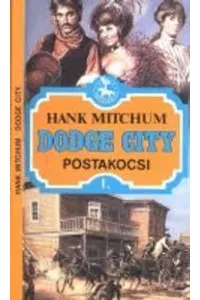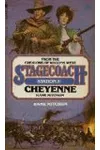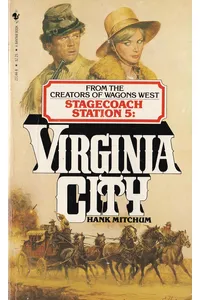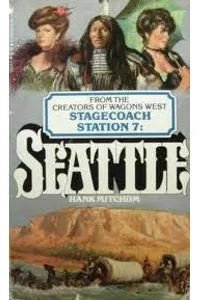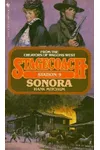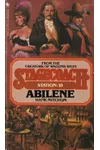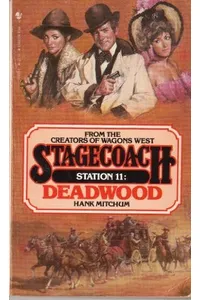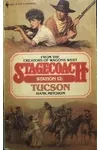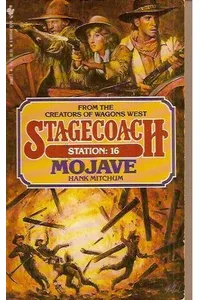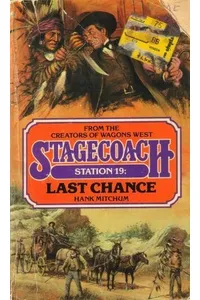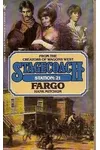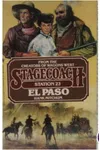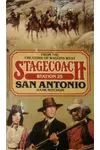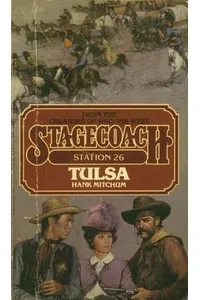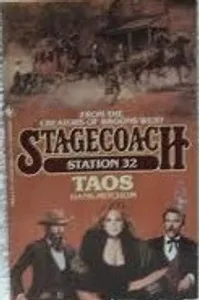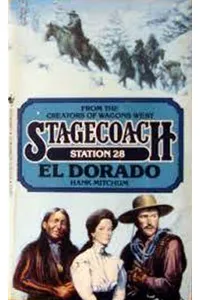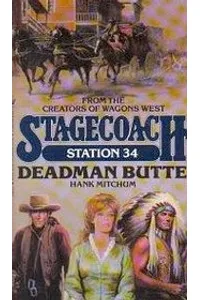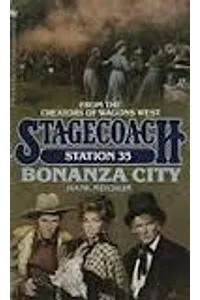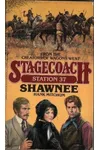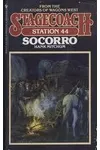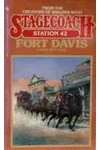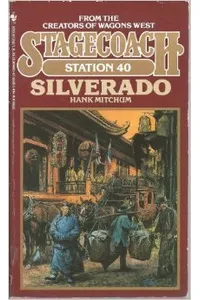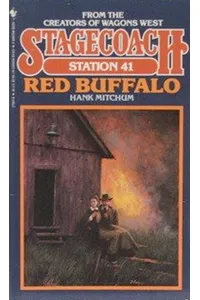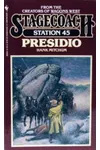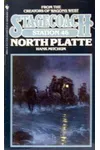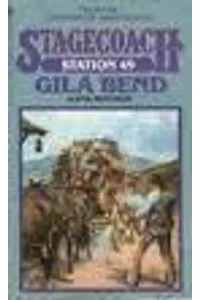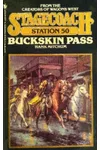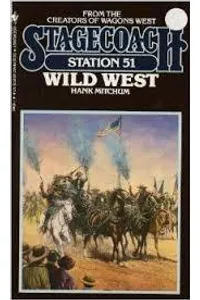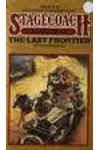Saddle up and ride into the dusty trails of the Stagecoach Station series, where the Wild West comes alive with heart-pounding action and unforgettable characters! Launched in 1982, this thrilling Western saga, penned under the house name Hank Mitchum, blends gritty historical detail with captivating fiction across over fifty novels. From lawmen chasing outlaws to stagecoaches rattling through iconic frontier towns, Stagecoach Station offers a nostalgic yet vibrant window into the myths and realities of the American Old West.
Whether you’re a fan of Westerns or just love a good adventure, this series delivers tales of courage, romance, and survival that keep readers hooked. Let’s explore how Stagecoach Station galloped onto the literary scene, its standout stories, and why it still resonates with fans today.
How Stagecoach Station Began
In the early 1980s, the Western genre was riding high, and publisher Bantam Books saw an opportunity to capture readers’ imaginations with a sprawling series set in the rugged American frontier. Under the pseudonym Hank Mitchum, authors like James Reasoner and Will C. Knott crafted tales that married historical accuracy with pulse-pounding drama. The series kicked off with Dodge City in 1982, introducing readers to a world where stagecoaches were lifelines and every journey was a gamble against danger. Inspired by the era’s fascination with Western legends, Stagecoach Station aimed to bring authenticity and excitement to a new generation of readers.
The Heart of Stagecoach Station
At its core, Stagecoach Station is about the people who shaped the West—lawmen, outlaws, settlers, and dreamers—set against vividly rendered backdrops like Dodge City, Tombstone, and Cheyenne. Take Dodge City, the series opener, where Federal Marshal Burl Channing hunts gambler-turned-faro dealer Frank Killian in 1878 Kansas. The story weaves a murder mystery with romance and historical cameos, all unfolding in legendary spots like the Long Branch Saloon. Another gem, Tombstone, dives into 1881 Arizona, where retired Pinkerton detective Dan Stockard investigates Wells Fargo heists, brushing shoulders with the Earp brothers during the infamous O.K. Corral gunfight.
The series’ themes are as timeless as they are thrilling: justice versus lawlessness, redemption through courage, and love blossoming amid chaos. Each novel paints the West as both a land of opportunity and peril, with stagecoaches serving as rolling stages for human drama. The prose is straightforward yet evocative, balancing fast-paced action with rich period details—like the creak of leather harnesses or the dust of a desert trail. From Virginia City’s silver mines to Laredo’s border tensions, the settings ground the fiction in a tangible, immersive world.
Why Stagecoach Station Resonates
Though it may not share the fame of Louis L’Amour’s works, Stagecoach Station carved a niche among Western fans for its blend of historical fidelity and escapist fun. Its influence lies in its ability to humanize the West’s larger-than-life figures while crafting relatable, flawed protagonists. For readers in the 1980s, the series was a ticket to a bygone era; today, it’s a nostalgic ride for those craving authentic Western vibes. Its enduring appeal stems from its focus on universal struggles—survival, honor, and connection—set in a uniquely American landscape.
Fan reviews on sites like Goodreads praise the series for its easy-to-read style and vivid storytelling, though some note its formulaic plots. Still, Stagecoach Station remains a testament to the Western genre’s power to captivate, offering a gritty yet romanticized vision of the frontier that feels both classic and fresh.
- Publication Years: 1982–1991
- Number of Books: 52 novels
- Key Authors: James Reasoner, Will C. Knott (under Hank Mitchum)
- Setting: American Old West, featuring real historical locations
Ready to hit the trail? Grab Dodge City and dive into Stagecoach Station’s wild, unforgettable West!
